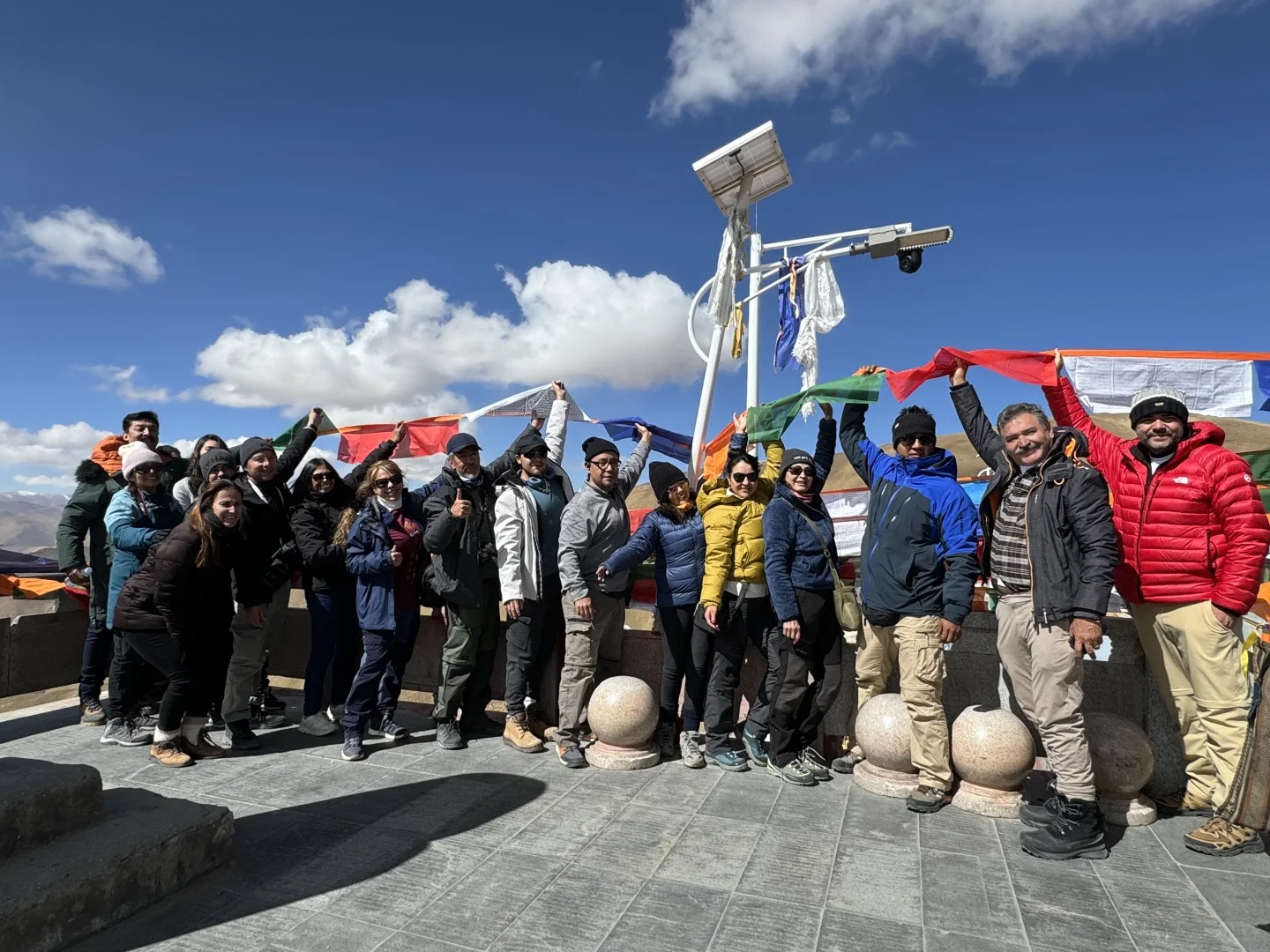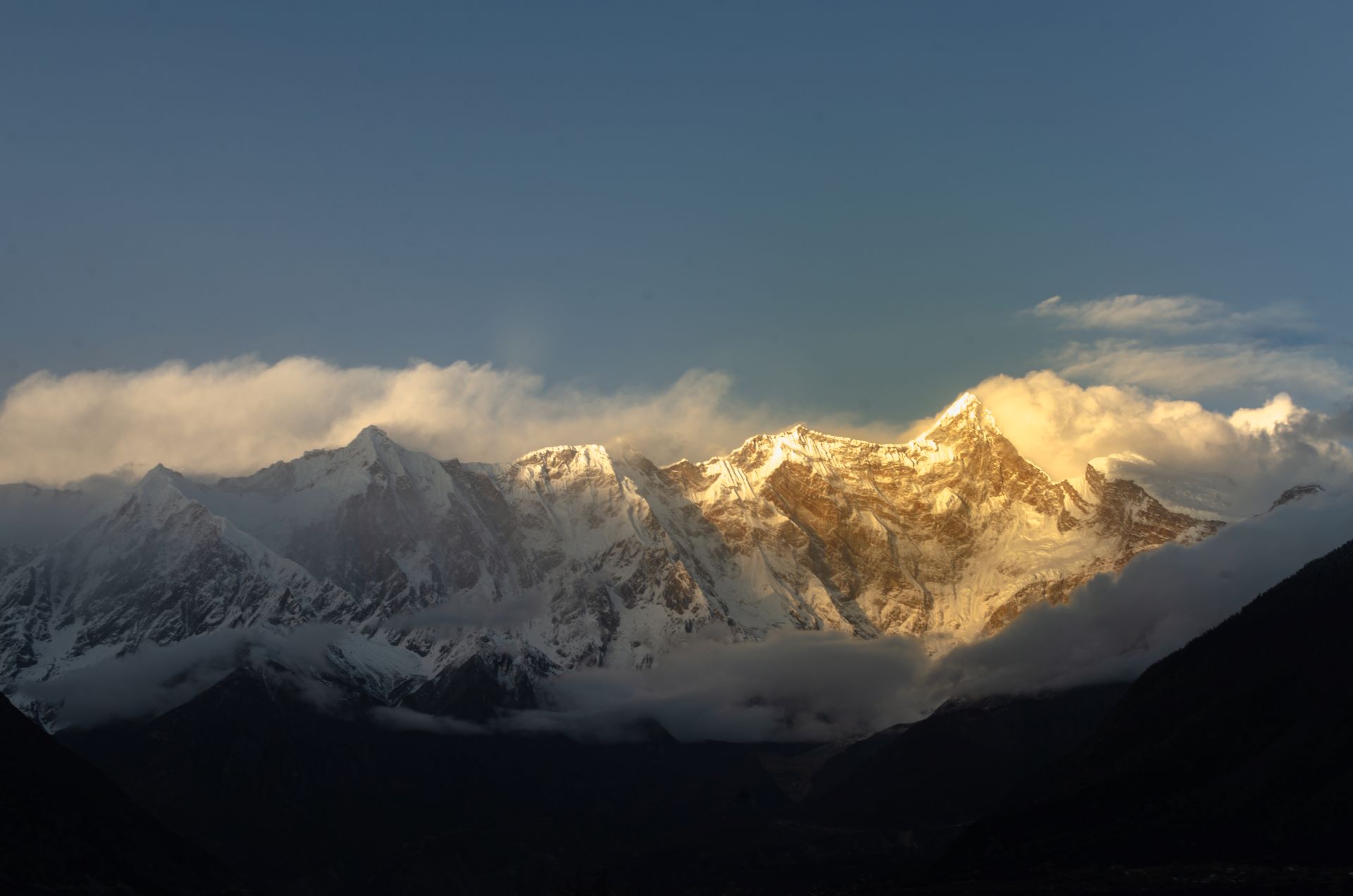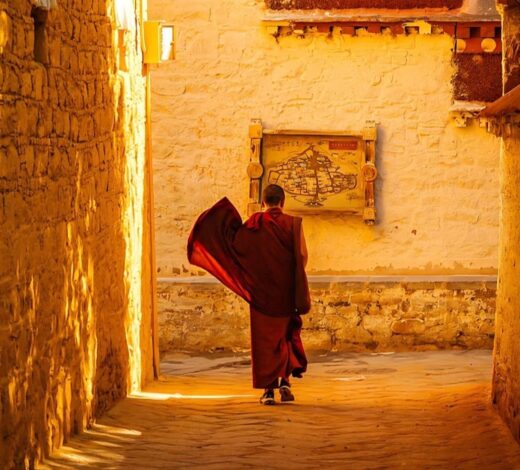At the southern tip of the world, the bustling metropolis of Singapore blends with Chinese culture to create a modern tapestry. When you cross the equator and traverse thousands of mountains and rivers to reach the other side of the Earth, you encounter the mysterious snow-covered plateau—Tibet. For visitors from Singapore, this journey is not just a crossing of geographical coordinates but also a profound exploration across cultures and the soul.
Departing from Singapore, every flight is an embrace of the unknown. Choosing to fly to major cities in mainland China, such as Beijing, Shanghai, Chengdu, Chongqing, Guangzhou, or Xi’an, followed by a transfer or a train ride, is the preferred route for most travelers. Among them, Chengdu and Chongqing shine like two brilliant gems—their geographic location and flight convenience make them ideal transit hubs. In just 4 to 5 hours, you can switch from the tropical vibes of the Lion City to the leisurely pace of Chengdu or the mountainous charm of Chongqing, creating a profound sense of time and space crossing.
However, for those seeking a richer experience, Singaporean travelers can choose to fly to Kathmandu, Nepal, and then transfer or travel overland into Tibet. Kathmandu, a city that bridges ancient and modern times, East and West, is an excellent starting point for exploring Himalayan culture. From Kathmandu, you can either fly directly to Lhasa or journey along the China-Nepal Friendship Highway, admiring the breathtaking scenery of the Himalayas. Such an overland trip will undoubtedly add a unique memory to your journey to Tibet. The dual charms of Nepal and Tibet weave together like a living cultural symphony.
When preparing visas and travel documents, Singaporean citizens can enjoy visa-free entry to mainland China for stays of up to 15 days, requiring only a Tibet Travel Permit. However, for stays exceeding 15 days, a tourist visa is necessary. The Tibet Travel Permit must be arranged through a local travel agency. Additionally, traveling to special regions such as Everest Base Camp or Mount Kailash in Ngari requires extra permits. Although these procedures may seem complicated, with careful planning and close coordination with a travel agency, everything can proceed smoothly.
Upon entering Tibet, you will be overwhelmed by its magnificent natural landscapes and profound cultural heritage. From the golden roofs of the Potala Palace to the sapphire waters of Lake Namtso, from the tranquility of Tashilhunpo Monastery to the pastoral scenery of Shigatse, every corner radiates its own unique charm. In Tibet, you will have the opportunity to share butter tea with the Tibetan people, listen to their ancient legends, experience the mysteries of Tibetan Buddhist rituals, and feel the purity and devotion that emanate from the high plateau.
This journey is not merely a geographical crossing, but a profound cleansing of the soul. From the bustling Lion City to the sacred snow land, from tropical greenery to the vastness of the plateau, every encounter enriches the soul. It is not just a trip; it is a dialogue with oneself, an exploration of the unknown world, and a deep reflection on the philosophy of life.
In every takeoff and landing, every visa application and travel plan, every soul-to-soul exchange and cultural encounter, the journey of Singaporean travelers to Tibet is not only a visual feast but also an inner awakening. It is a journey from the southern tip of the Earth to the north, and an exploration from modern cities to ancient civilizations. On the snowy plateau, every Singaporean traveler will find their own story and open a new chapter of dialogue with the world.



